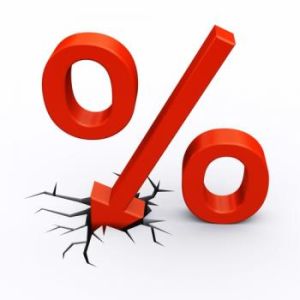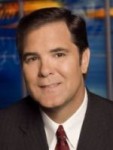 Simon Black – It started in 1921.
Simon Black – It started in 1921.
World War I was over. The Treaty of Versailles had been signed two years before.
And Germany, the biggest loser from the war, had been stuck with both the blame and the bill.
Germany’s war debt– which it owed not only for its own war-related expenses, but also for reparations to the victors– was devastating.
They didn’t have the money, so they started printing it.
Not surprisingly, the German mark began to sink. It started slowly at first, but by 1921 hyperinflation had taken hold until prices soared by thousands of percent.
One of my favorite stories from this period, was of the elderly man who went to the police to report a robbery. Thieves had stolen a wheelbarrow of money.
It was common at the time to use wheelbarrows to transport the huge sums of cash that were required to buy even the most simple things like bread and milk.
When the police asked him how much was in the wheelbarrow, the man corrected them saying that the thieves had only stolen the wheelbarrow, and had left the cash behind.
Undoubtedly the entire society was upturned by this hyperinflation. But as history shows, in any situation, there are always winners and losers.
Pensioners and people who responsibly saved their money were wiped out; whereas people who had borrowed to invest in real assets did extremely well.
Owners of residential real estate suffered under government imposed rent controls, whereas owners of farmland thrived. Continue reading

 Greg Hunter – Money manager Axel Merk says you simply must own physical gold in this risky environment. Merk explains, “Many people say why invest in a brick that doesn’t pay interest? When you look at cash paying negative interest rates on a real basis, after inflation, then a brick suddenly doesn’t look so bad anymore. . . . I would allege the Fed is all but promising to be behind the curve. Even if the Fed is trying to raise rates, emphasis on trying, they will be behind inflation. Yes, they will raise rates, but net inflation, real interest rates are going to continue to be negative. If I look out a decade from now, I don’t see how the U.S., Europe, Japan, or any other country can afford positive real interest rates.”
Greg Hunter – Money manager Axel Merk says you simply must own physical gold in this risky environment. Merk explains, “Many people say why invest in a brick that doesn’t pay interest? When you look at cash paying negative interest rates on a real basis, after inflation, then a brick suddenly doesn’t look so bad anymore. . . . I would allege the Fed is all but promising to be behind the curve. Even if the Fed is trying to raise rates, emphasis on trying, they will be behind inflation. Yes, they will raise rates, but net inflation, real interest rates are going to continue to be negative. If I look out a decade from now, I don’t see how the U.S., Europe, Japan, or any other country can afford positive real interest rates.” Consider a few examples:
Consider a few examples: